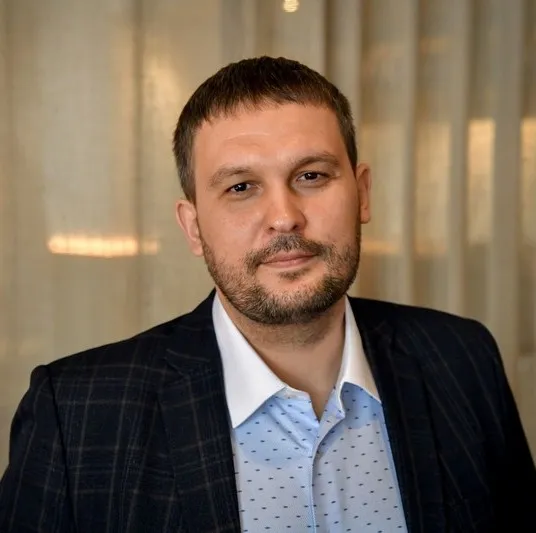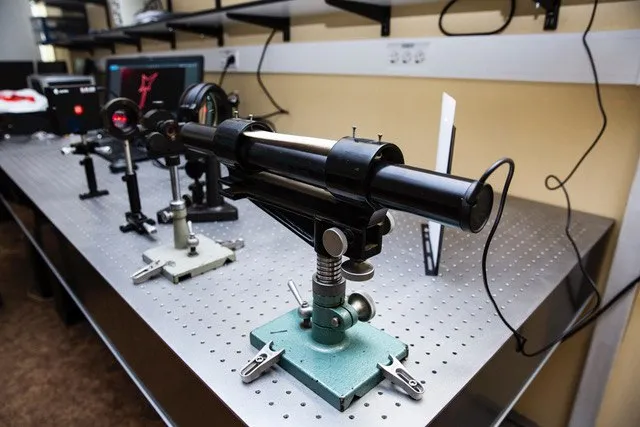5G Rollout in Russia: Domestic Infrastructure Moves Closer to Reality

A full-scale deployment of 5G networks in Russia may begin sooner than expected—driven by state policy on import substitution, new milestones in domestic equipment production, and increasing demand for mobile services.
Two Tracks: LTE Optimization and the Dawn of 5G
Russia’s mobile communications sector is evolving along two parallel tracks. The first—continuing enhancement of LTE—remains the priority in the near term due to its broad adoption and reliability. However, according to Yuri Kamalov, head of the Krasnoyarsk branch of telecom operator T2, 5G network deployment is no longer a distant goal.
“We’re already preparing for the next phase,” Kamalov said. “User demand for content is growing. New services are emerging. This generates additional traffic. We see this in our data and are making technical preparations accordingly.”
T2 uses a network load monitoring system to identify high-demand areas that require upgraded equipment, minimizing risks of congestion and outages. “We analyze how users move, what content they consume, and adjust the network accordingly,” Kamalov explained.

This proactive approach is aligned with a broader national policy aimed at replacing foreign telecom infrastructure with domestically produced systems.
Russia’s Telecom Manufacturers Step Up
With Western suppliers exiting the market, Russian manufacturers have begun scaling up domestic telecom infrastructure production. Three key players—Irteya (majority-owned by MTS), Bulat (51% owned by Rostelecom), and KNS Group (under the Yadro brand, part of ICS Holding)—have launched development of base stations fully compliant with Russian standards.
Irteya is focusing on universal base stations that support 2G, 4G, and 5G through Single RAN software-defined architecture. The company plans to produce at least 2,000 units by the end of this year and has already invested 4 billion rubles in the 2023–2025 R&D and production cycle.

Bulat aims to release 250 base stations by year-end and emphasizes that all components meet state requirements for locally produced telecom hardware. Yadro’s ambitions are even broader—it intends to deliver 55,000 base stations by 2030.
Regulatory Momentum and Market Expectations
Kamalov notes that 5G testing is already underway and legislative adjustments are being discussed to facilitate rollout in urban areas. The Russian Ministry of Digital Development has launched a spectrum auction to allocate 5G frequencies, scheduled to conclude before the year’s end.
The roadmap envisions 5G activation in four major cities by 2026. Thereafter, deployment must scale quickly. The government's deployment schedule requires the following base station quotas (all domestically produced): 2,000 by 2026, 6,000 by 2027, 12,000 by 2028, 18,000 by 2029, and 25,000 by 2030.

This policy reflects confidence in Russian-made infrastructure. The ability to deploy 5G on native hardware—at scale—could transform Russia from a technology importer into a telecom equipment exporter, particularly to markets in the CIS and Latin America.
From Import Dependence to Tech Sovereignty
Industry analysts no longer see Russia’s telecom future as uncertain. The pace of domestic production and the range of local solutions have reduced vulnerability to supply chain disruptions. The country is transitioning from reliance on foreign hardware to building its own ecosystem—based on national expertise and control.
While quality and scalability remain under close scrutiny, the outlook is optimistic: a locally anchored 5G network will not only meet internal demand but serve as a platform for new innovation in smart cities, remote medicine, and industrial automation.










































